A Book Review
This 104-page volume, published in 1917 by John W. Eckfeldt, M.D., provides a glimpse of the Cobbs Creek watershed north of Philadelphia, in Delaware and Montgomery counties, just as residential development was poised to sweep away the last remnants of the past. Eckfeldt, who lived from 1851 to 1933, worked as a physician for many years in the area and eventually saw the landscape he had grown to love disappear. Besides trying to preserve the Cobb’s Creek valley in words, he was also preserved it in photographs. Some of these are badly reproduced in the book, but The Free Library of Philadelphia Print & Picture Collection has about 300 of Eckfeldt’s original prints. These detailed images show open farmland, scattered houses and villages, and streamside industrial sites, many of them captured just before dense urban and suburban development overrran the area. The Philadelphia neighborhood of Haddington, through which Indian Creek, a Cobbs tributary, flowed, is particularly well documented, with dozens of poignant pictures.
I copied about a hundred of Eckfeldt’s photographs as part of my initial work for the Water Department in the late 1990s. I shot them on slide film, and before the film was cut up and mounted, the camera shop ran the film through a high-resolution scanner. In the past five years or so the The Free Library has reproduced these photographs the modern way, by scanning them directly. To find about 25 images the library has posted in its digital collection, search for Eckfeldt at this link. The pictures below are from my scanned slides of the collection.
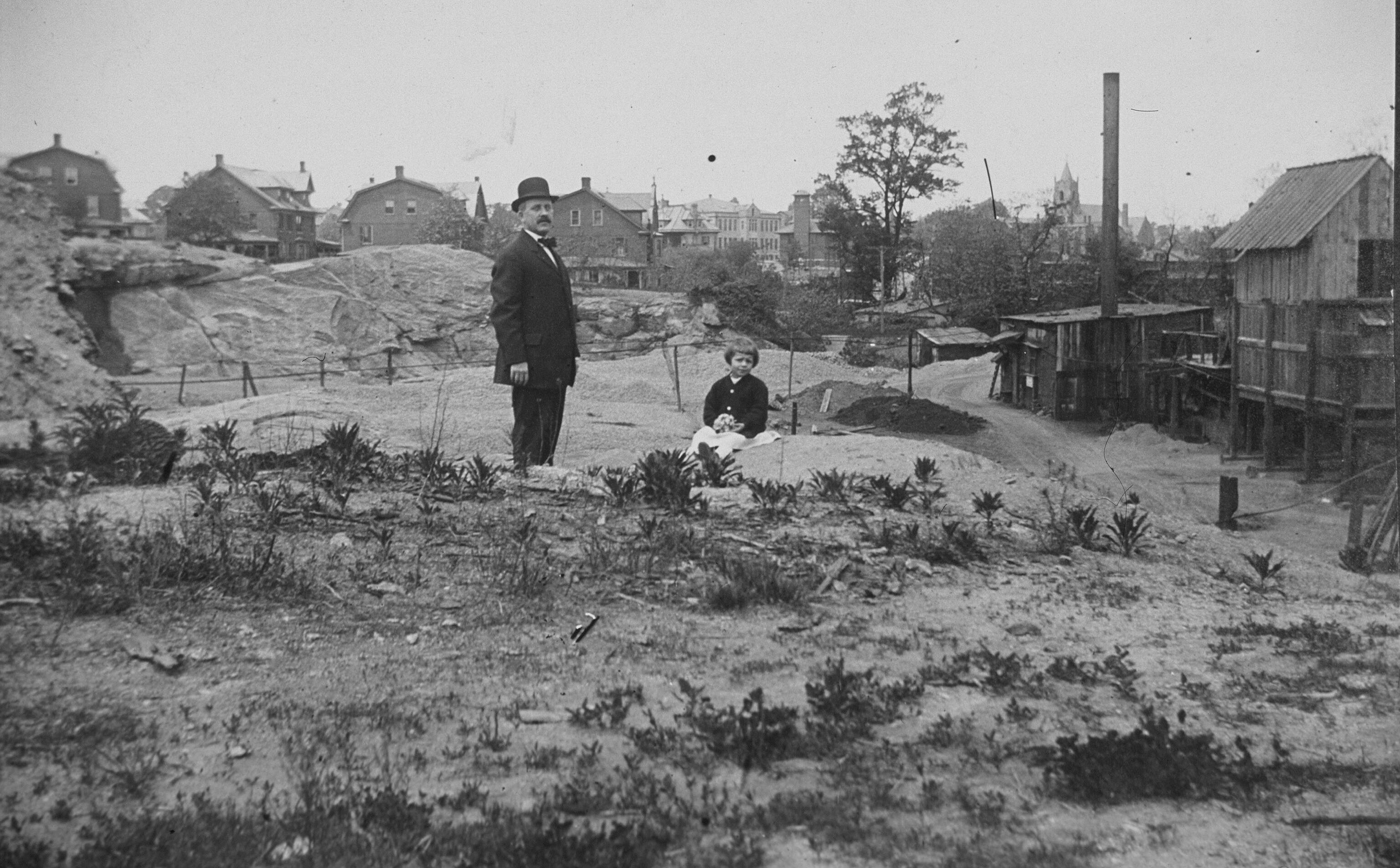
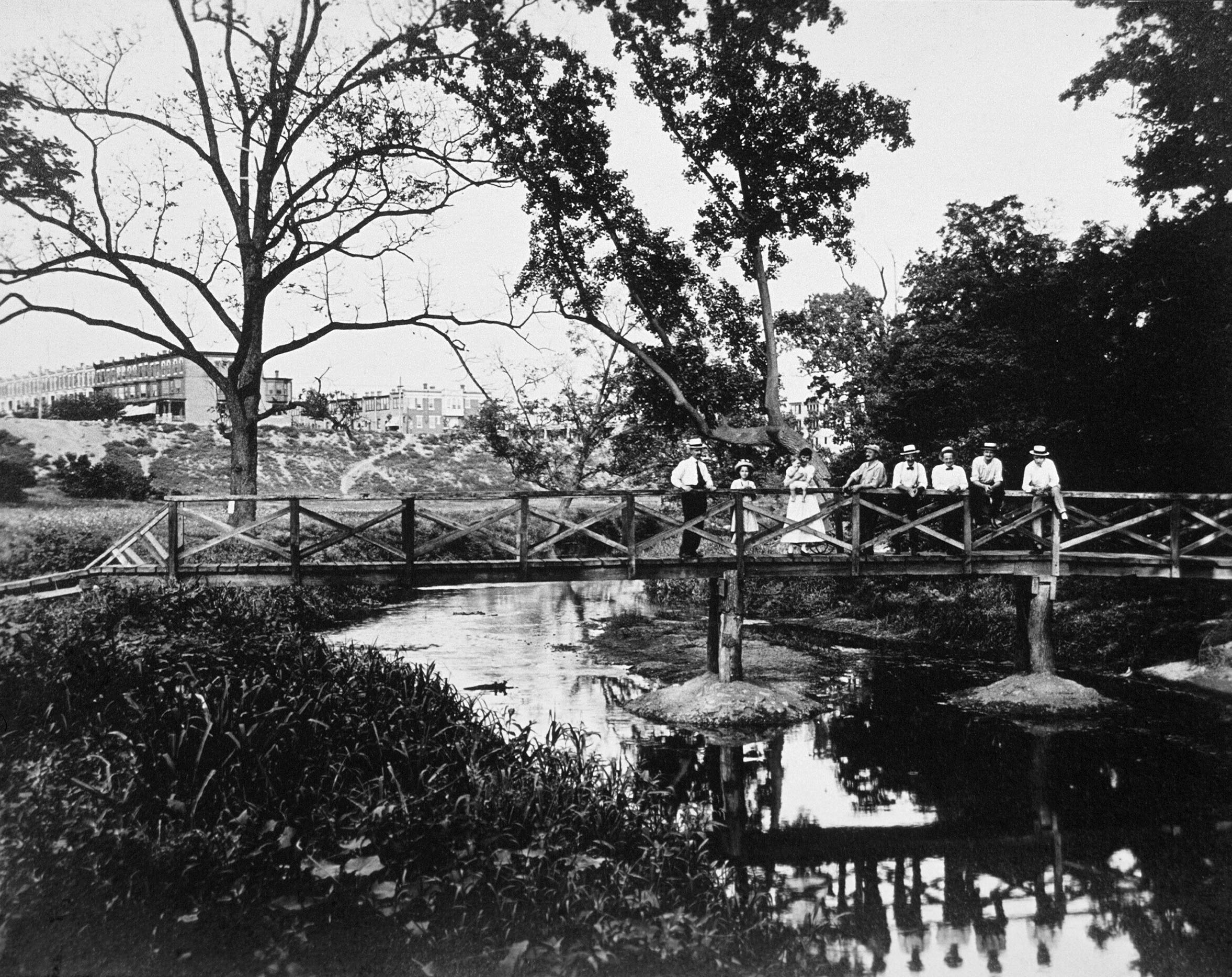
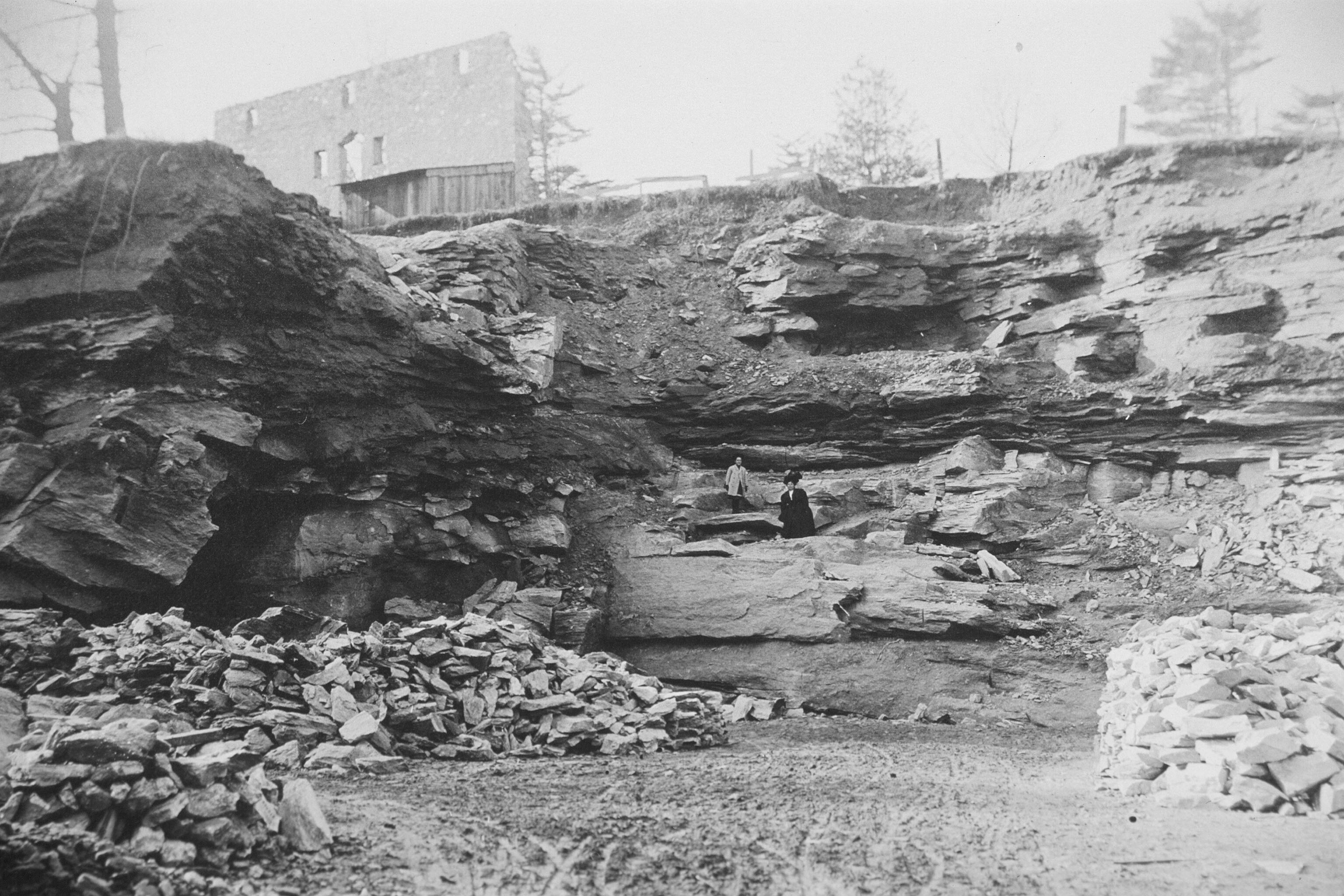
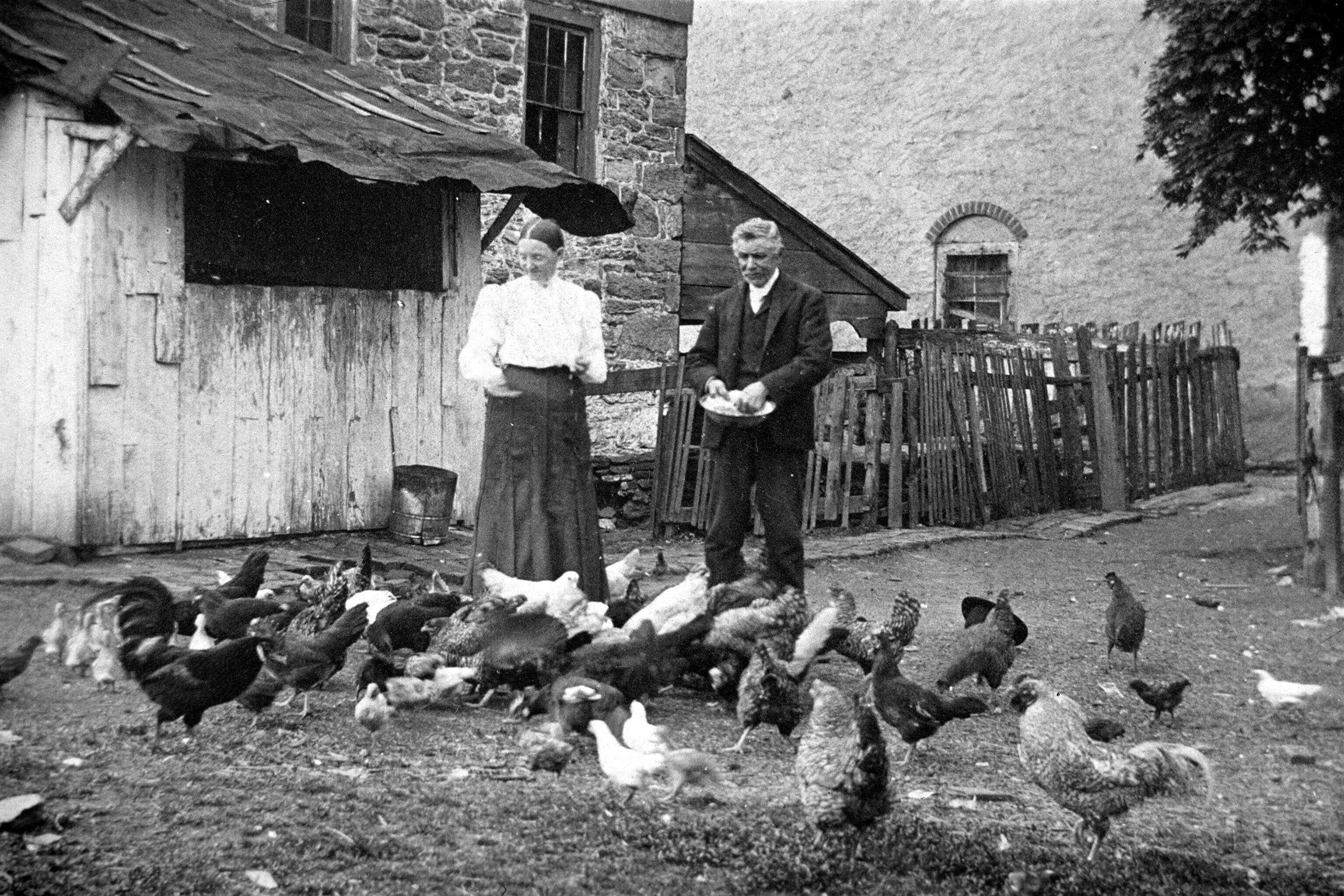
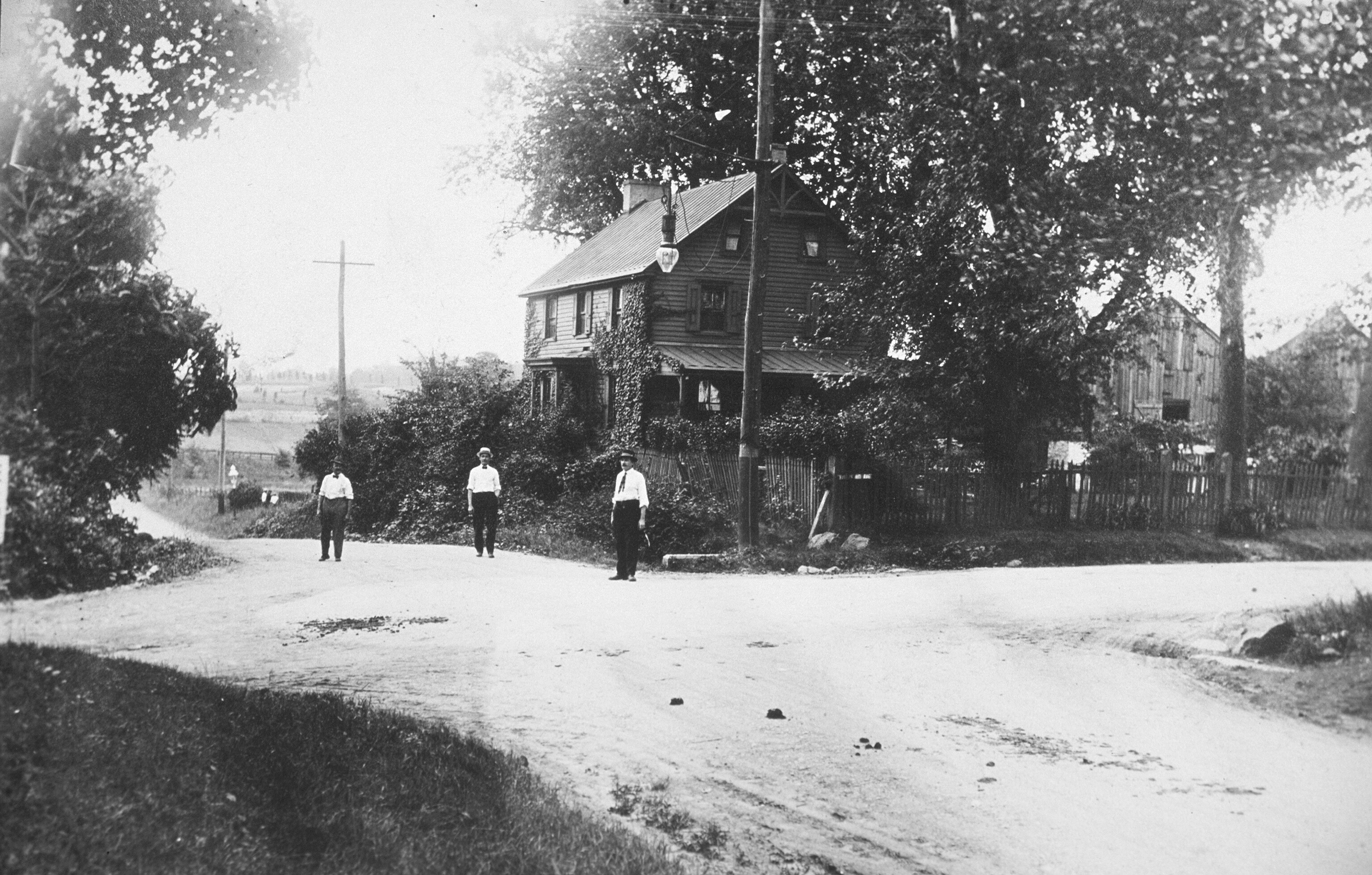
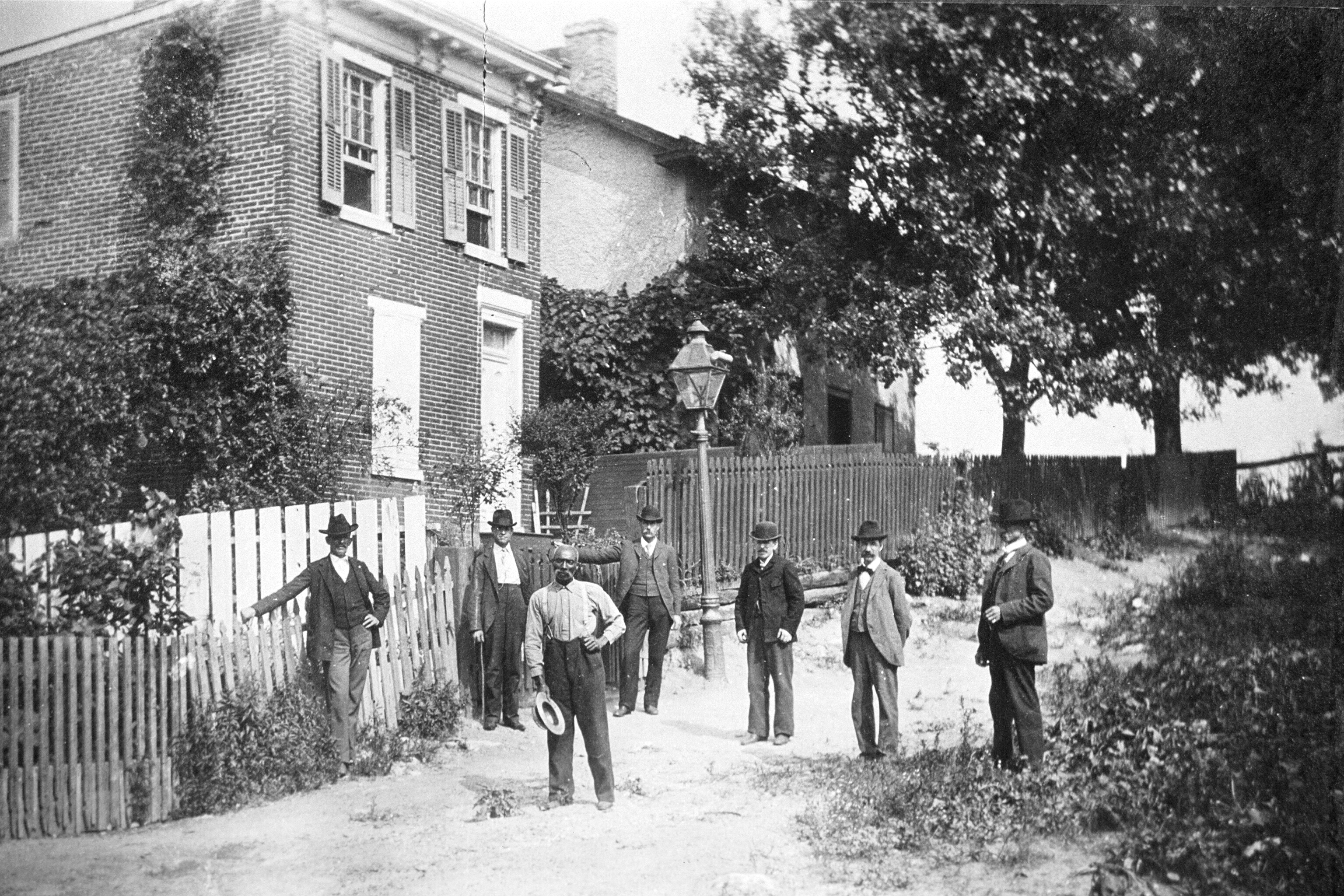
In the book’s preface, Eckfeldt wrote: “A long association with the Cobb’s Creek Valley has filled my mind with pleasing recollections of days happily spent in this region now so utterly changed by the lapse of time. Being attracted to this location by its beauty, and having associated with the inhabitants of the valley through my professional calling, I learned much of the people, their mode of living; and also of the various industrial establishments where they were employed. In compliance with numerous requests of interested persons, I have endeavored in this book to relate many of the events which took place in the valley, to describe the scenery, the people, their homes, and tell of what remains of the old places of industry.”
In a letter of transmittal that accompanied the copy of the book that Eckfeldt presented to the Free Library, he wrote:
“Everything else to be seen by using the book as a guide, will be found so changed… one might doubt that such a place ever existed.”
